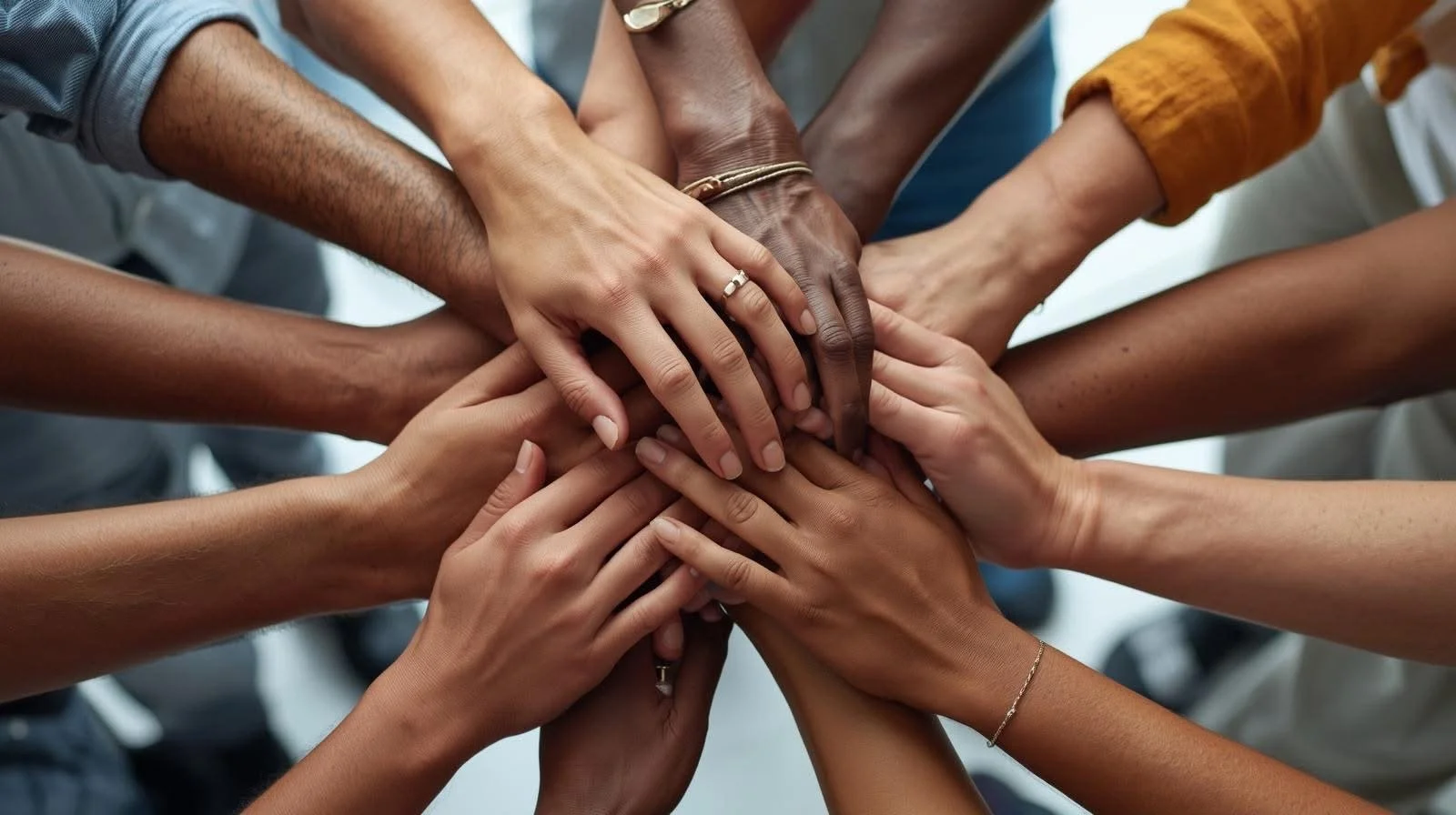The brain responds well to structure and strategy. A clear framework creates focus, direction, and psychological safety during the coaching process.
B.R.A.N.D is a simple five-step coaching framework developed by Linda Remke that clarifies where we are, where we are going, and how we will work together. It allows me, as your coach, to operate within a consistent methodology while supporting you in moving toward the outcomes you want to achieve through your coaching journey.
· Benchmarking the session: Establishing the purpose, desired outcome, and success criteria for the session.
·. Realities: Exploring the current situation with honesty and clarity.
· Articulate: Helping you articulate insights, challenges, and what truly matters.
· New thinking: Challenging assumptions and opening space for new perspectives and options.
· Do: Translating insight into clear, practical actions and commitments.
This framework provides structure without rigidity, ensuring each session is focused, purposeful, and aligned with meaningful progress.





















